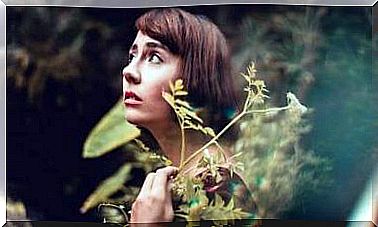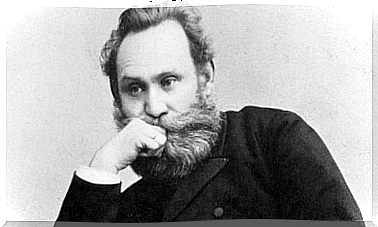Monet: Biography Of The Father Of Impressionism
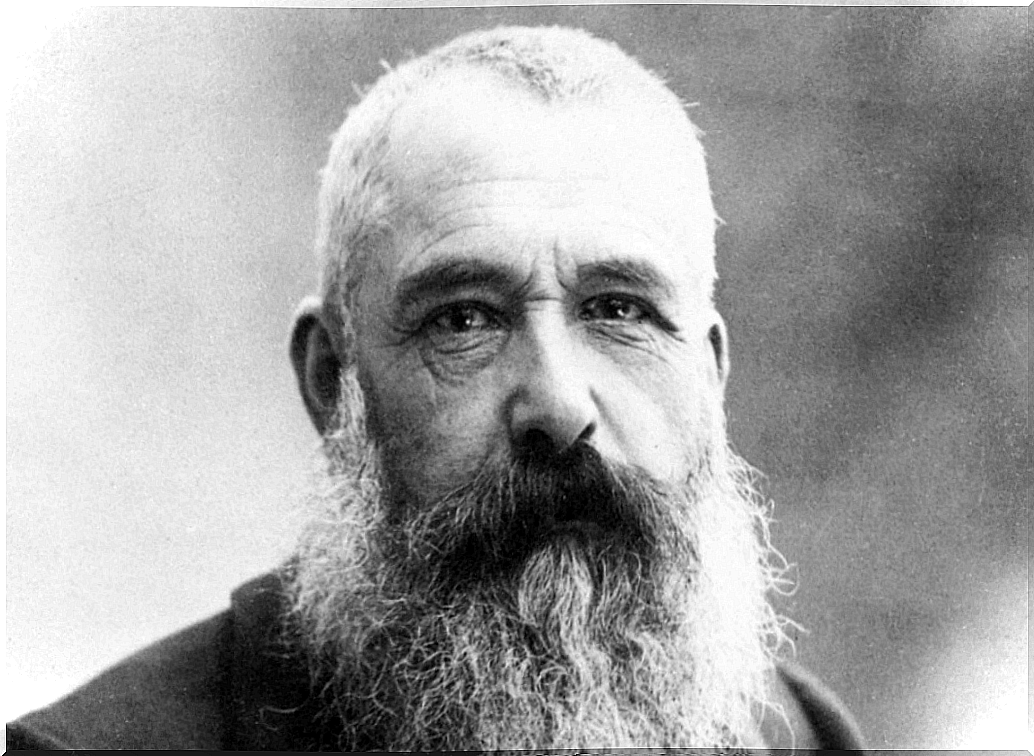
Oscar-Claude Monet was one of the most famous painters in France in recent centuries. Founder of the Impressionist movement, Monet was born in Paris on November 14, 1840. Although he did not always reside in the French capital; At the age of five, he moved with his family to the Norman city of Le Havre, where his father was able to carry out his work as a merchant, previously he ran a family shipping business.
His mother, Louise, was a musician, a singer. The move to Le Havre would mark Monet deeply, as it would bring him into contact with the coast and, in this way, he acquired an intimate knowledge of the maritime landscape.
Working painting from nature was the particular hallmark of the Impressionist movement. This is also a habit that Monet embraced, his paintings reflect the ever-changing impact of light and weather conditions.
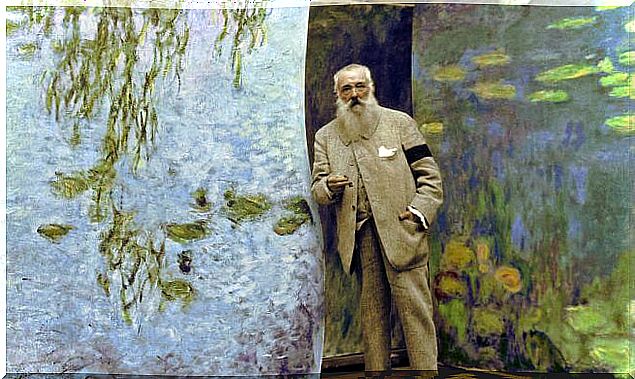
Claude Monet, beginnings in painting
At just 15 years old, Monet sold cartoons and made pencil sketches of sailing ships, which were almost technical in their detail. His aunt, Marie-Jeanne Lecadre, was an amateur painter who would greatly influence the painter’s future. It was she who prompted Claude to study drawing with a local artist.
However, his life as a painter did not begin until he met the artist Eugène Boudin. Boudin was the one who initiated the student into the then rare practice of painting outdoors.
The experience set the course for Monet who, for more than 60 years, would focus on visible phenomena. In addition, Monet would focus on the innovation of effective methods in order to transform perception into pigment.
Monet’s return to Paris took place between 1859 and 1860. To the chagrin of his family, he refused to enroll in the École des Beaux-Arts. Instead, he frequented the hangouts of some well-known artists and worked at the Académie Suisse, where he met Camille Pissarro.
This informal training was interrupted by a call to military service. Monet served from 1861 to 1862 in Algeria, where he was moved by the light and color of Africa.
Upon his return to Paris, he met most of the most important artists of the moment, including Renoir, Cézanne, Whistler, and Manet. During this period, or at least before 1872, Monet discovered Japanese prints, falling in love with Asian patterns with fervor. This fascination would have a strong influence on the development of his pictorial work.
Young Monet’s work and the Hall of the Rejected
The exceptional achievements of Monet’s prolific youthful period can be measured in works completed between 1865 and 1870. By this period, he had not yet begun to fragment his brushstrokes into the characteristic broken touches that would become the hallmark of the Impressionist style.
In 1870, Monet married Camille Doncieux, who had already given birth to their first son Jean Monet in 1867. To escape the Franco-Prussian war, the family moved to London in 1870. Later, they would return to France settling in Argenteuil, a navigation center on the Seine that attracted many other Impressionist painters.
The term Impressionism was coined in reference to the title of his painting Impression, soleil levante ( Impression of the rising sun ), which was exhibited in 1874 in the first independent exhibition mounted by the small circle of impressionist painters.
This exhibition was propelled as an alternative to the dogmatic Paris Salon. 1874 would be a decisive year for the nascent Impressionist movement and would define Monet as one of its creators. Despite criticism, the Impressionists would produce six exhibitions until 1882.
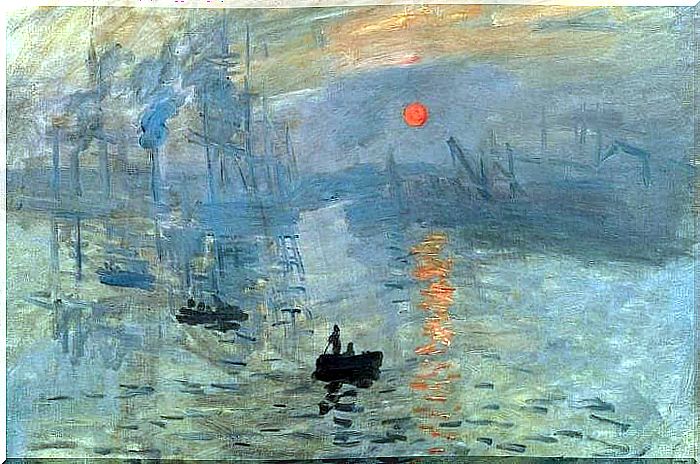
The work of an impressionist and his second marriage
In 1876, Monet met Ernest and Alice Hoschedé, who would soon become close friends of the family. In 1878, his second son, Michel Monet, would be born.
The Monet family settled in Vétheuil together with the Hoschedé family. A year later, the death of Camille takes place; years later, Alice Hoschedé widowed. In this way, after being widowed, both friends would bond more than ever; Monet and Alice were married in 1892.
In 1883, Monet moved to a house in Giverny, where he would remain for 43 years. Here, he began a vast landscaping project, including the lily ponds that would become the subject of his best-known works.
In 1899, he began painting water lilies; first, in vertical views with a Japanese bridge as the central element, and later in the series of large-scale paintings. This theme would become a constant for the next 20 years of his life.
As early as 1907, he began to have vision problems. In 1923, the painter was almost entirely blind. After a cataract operation, she had an improvement. In 1926, at the age of 86, without ever having left painting , he died of lung cancer in his beloved Giverny.
Legacy of Fine Arts: the Japanese garden and fragmented brushstrokes
Monet’s famous house had an exceptional garden with a water pond. His heirs decided that the house should be in the hands of the French Academy of Fine Arts. And so it was done in 1966; Eventually, through the Claude Monet Foundation, the house and gardens were opened to the public in 1980, after being remodeled.
In addition to Monet’s memorabilia and other memorabilia from his life, the house contains his collection of Japanese woodcuts. The house is one of the two main attractions in Giverny, which welcomes tourists from all over the world.
Monet was the forerunner, leader, and steadfast defender of the Impressionist style. His ambition to document the French countryside led him to adopt a method that consisted of painting the same scene many times, in this way, trying to capture the change of light and the passing of the seasons. These series were frequently exhibited in groups, for example, Los Almiare s (1890-1891) and La Catedral de Rouen (1894).
His popularity soared in the second half of the 20th century, when his works traveled the world in museum exhibits that drew unprecedented crowds; in addition, popular items with images of his art were marketed.
Monet became a benchmark in the art world, a master of the brush and a declared lover of nature.

